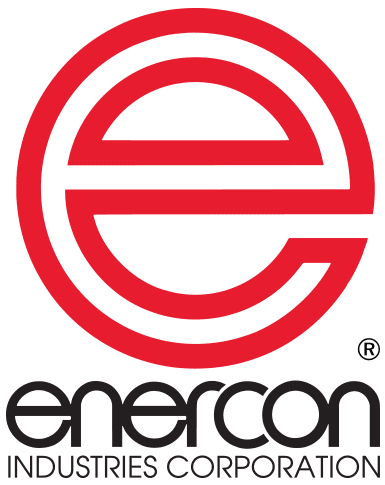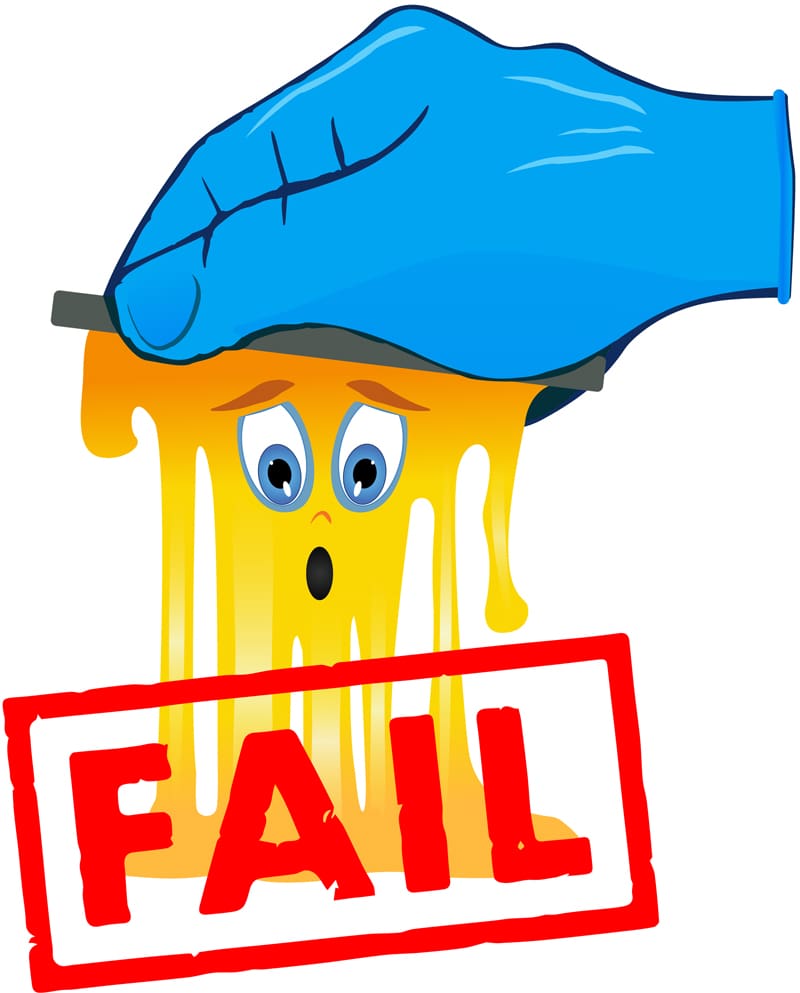Improve Composite Bond Strength With Plasma Treatment
Atmospheric plasma treaters can significantly increase the interfacial adhesion characteristics of composite structures. The types of composite structures than can benefit from atmospheric plasma are emerging rapidly. Many new plastic nanocomposites have offered valuable properties, such as heat resistance, chemical resistance, structural/stress strength and weather resistance. As a low temperature solution, plasma treaters offer an…
Read MorePlasma & Flame Treating Buyers Guide for Plastics
Learn how to successfully evaluate and integrate the best surface treatment technology for your unique applications. Our expert panel reveals industry best practices: See what Enercon customers are saying “Enercon has provided us with some great tools to help us improve our operations. They are very dedicated to ensuring our success and supporting the quality…
Read MoreImprove Structural Composite Adhesion Strength with in-line Plasma Surface Treatment
Whether you are looking to improve the consistency of structural composite adhesion or improve the productivity of your process; in-line atmospheric plasma surface treatment may be the answer. Join Composite Adhesion expert Lou Dorworth of Abaris Training Resources, Inc and surface treatment expert Ryan Schuelke of Enercon Industries Corporation for an informative webinar on structural…
Read MorePlasma & Flame Surface Treating Comparison Guide
Plasma & flame surface treaters clean, etch & functionalize surfaces to enable bonding with inks, adhesives, paints & coatings on plastics, composites, glass & metal. But how are they similar and how are they different? Air Plasma Air plasma is formed by blowing atmospheric air past high-voltage powered electrodes and is sometimes referred to as…
Read MoreCreating Strong Bonds using UV Curing & Plasma Treatment
UV curing experts OmniCure® by Excelitas Technologies and the plasma treating pros from Enercon Industries share an insightful webinar on the best practices when using curable coatings, inks and adhesives. As applications continue to expand for these technologies in the assembly, microelectronics, medical, optics and plastics industries, it is imperative to gain an understanding of…
Read MoreInks, Coatings & Adhesives – A Practical Guide to Surface Treating
Get insight into the best practices for improving the adhesion of inks, adhesives and coatings to surfaces with plasma and flame. Our expert panel answers these commonly asked surface treating questions: Innovative People Ensuring Your Treating Success. Enercon is the world’s leading manufacturer of surface treatment systems and associated support equipment. Our unwavering commitment to…
Read MoreAnalysis of New Flame Treatment Technology for Surface Modification and Adhesion Promotion
ABSTRACT Surface treatment technologies are commonly used to enhance the adhesion potential of base flexible packaging substrates for the application of performance adhesives, coatings and inks. The relationship between ribbon burner flame treatment technology and enhanced velocity (EV) port burner technology, and the degree of surface modification for adhesion promotion, is compared. Results showed that…
Read MoreHenkel Adhesives & Enercon Plasma Treatment Case Study:
Surface Treatment Effects on Adhesive Bond Strength Henkel and Enercon Industries partnered in this study to compare the effects of adhesives’ bond strength on fluoropolymers when they are pre-treated with a variety atmospheric plasma technologies. This paper takes an in-depth look at necessary alignments between the substrate type, surface modification method, and adhesive type to…
Read MoreDyne Level Does Not Guarantee Surface Adhesion
Dyne levels are a great indicator of your chance for adhesion success. But dyne level does not guarantee adhesion. Let’s look at a few factors that affect adhesion results. These include coating and material compatibility, surface energy, process variables, material variables and ultimately bonding requirements such as entanglement. Coating (ink, adhesive, paint, etc…) and material…
Read MoreUnderstanding the Difference Between Blown-arc and Blown-ion Plasma Systems
Air plasma surface treating systems are divided into two categories; blown arc and blown ion. Enercon’s Blown-arc™ Series air plasma technology is formed by blowing atmospheric air past two high-voltage powered electrodes and is sometimes referred to as corona treatment. The electrical discharge positively charges the ion particles surrounding it. Through direct contact, these particles positively charge the…
Read More









